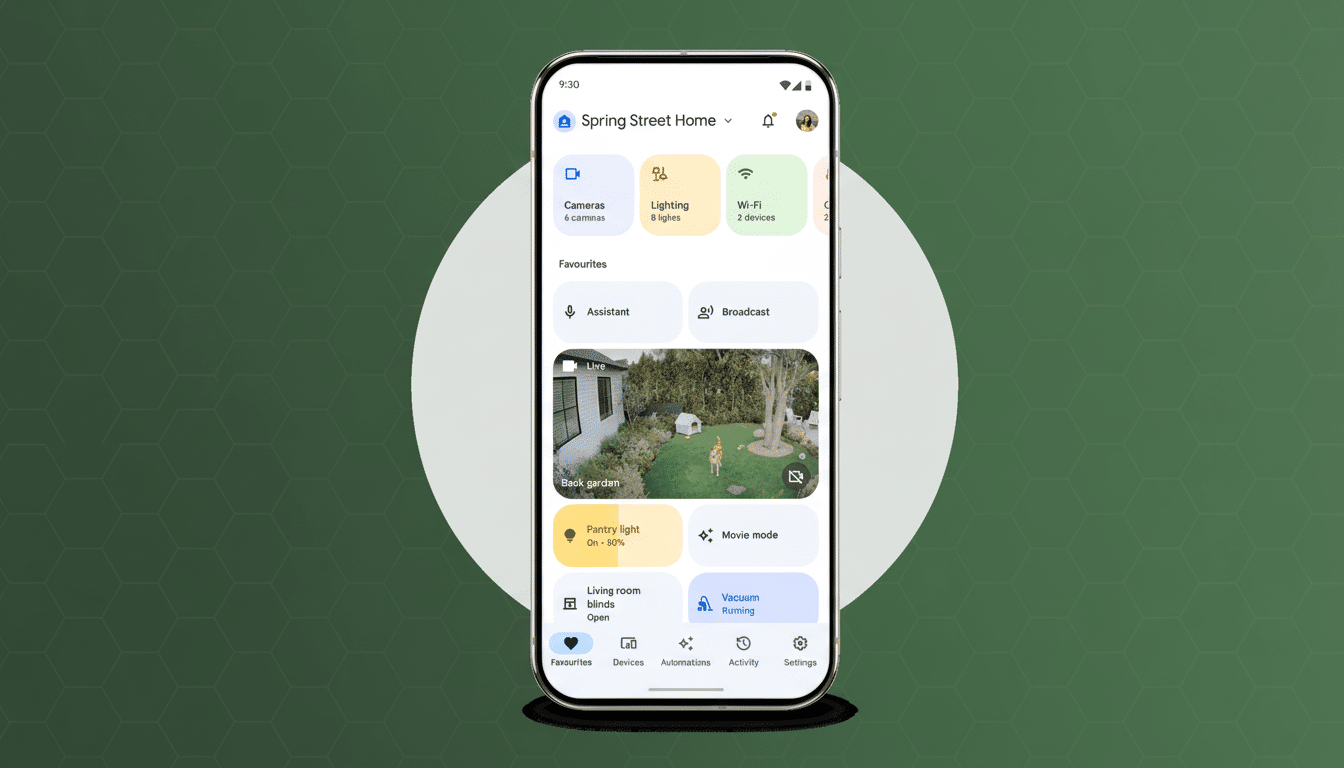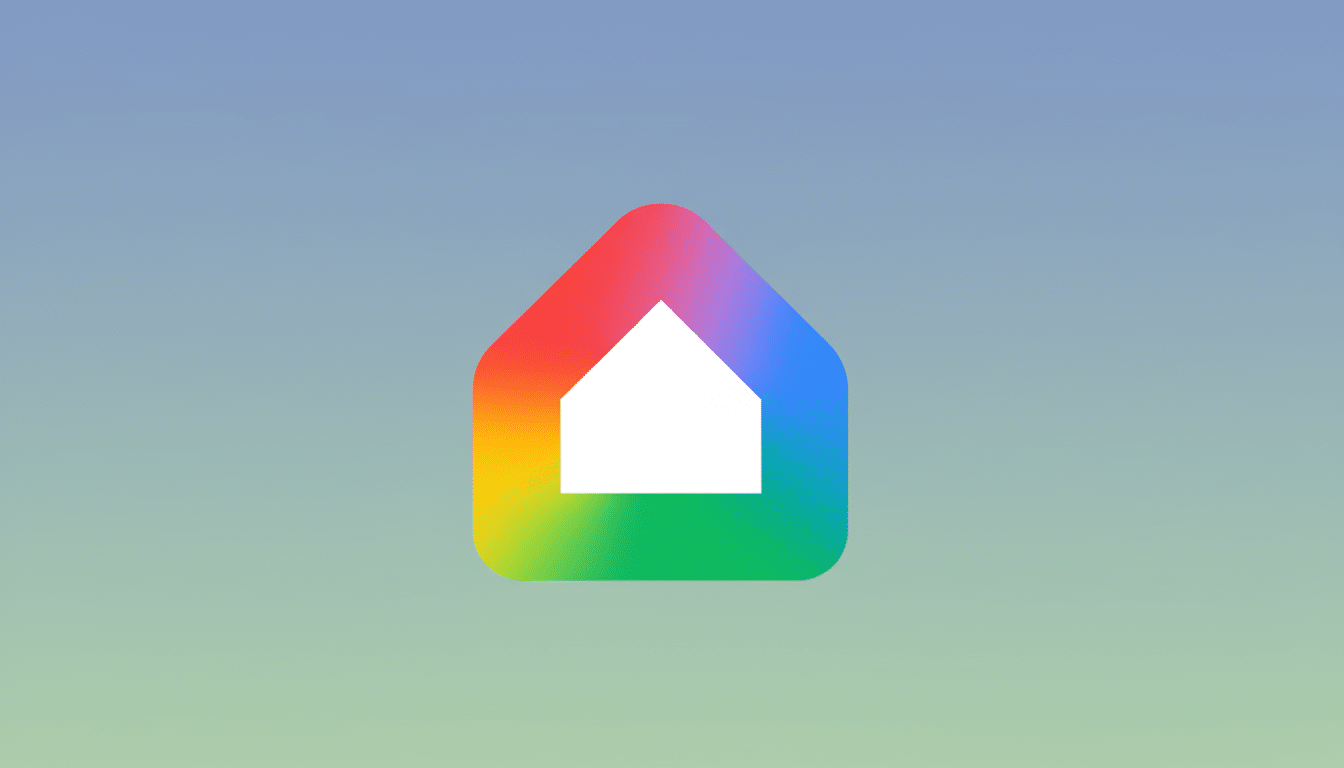Google is launching the Google Home app version 4.3 for both Android and iOS with a noticeable emphasis on three things: speed, tighter control, and a cleaner, more modern design. The update tweaks device controls, provides more powerful automation options, and introduces an edge-to-edge interface on compatible Android phones — all small changes that come together to create a noticeably snappier, more polished experience.
What’s new in Google Home 4.3: controls, speed, design
The headline change is an updated control layout for lights, plugs, and switches. Controls are smaller and action-forward, so common tasks—like turning on a plug or dimming a lamp—become one-tap easy, without diving into submenus. Those enrolled in the Public Preview got early looks at this redesign; now it’s rolling out more widely with better consistency across device tiles and sliders.
- What’s new in Google Home 4.3: controls, speed, design
- Twice as responsive with local Matter control on Android
- Automations get smarter and more contextual in 4.3
- Edge-to-edge on Android feels and looks faster in 4.3
- Rollout and compatibility for Google Home 4.3 update
- Why Google Home 4.3’s changes matter for smart homes

Google also updates “Home” and “Away” automations. You’ll be able to mix and match conditions, triggers, and actions with greater precision, plus camera and thermostat behaviors get more nuanced presence-aware controls. The practical upshot: you can more easily customize routines on a per-device basis, so your entryway camera, living room lights, and HVAC don’t all have to follow the same rules.
Twice as responsive with local Matter control on Android
On Android, you can now control Matter devices locally on supported hardware, delivering faster responses and higher reliability.
By running commands on your local network rather than bouncing through the cloud, taps register more quickly and are less susceptible to internet hiccups. In practical terms, you should see less lag and fewer dropped commands that cause lights to turn on or off unintentionally.
That fits with the general trend in the smart home to be more locally first for control. The Connectivity Standards Alliance has augmented Matter’s capabilities, most recently broadening the number of devices that can support it, including lighting, HVAC, and larger appliances. As additional gear comes into the Matter ecosystem, Google’s local routing will give everyday control a speed boost and added reliability.
Speed is the headline, but reliability is where we gain.
Local paths minimize cloud round trips, which are often a source of unpredictable latency. In homes with lots of devices, or with routines that spark off several actions at once, local control can help ensure that everything happens together, not in a stuttered order.
Automations get smarter and more contextual in 4.3
“Home” and “Away” routines now have richer logic and device-level presence settings. You can program “last one out” to arm your cameras and dim certain lights while keeping the porch light and hallway nightlight live. Thermostat actions become a bit more nuanced, and you can do the cozy-versus-green dance in response to who is coming and going.

Google also made it easier for users to give feedback about camera events. Improved labeling and response tools ought to help the system learn what’s important — like distinguishing a package drop-off from harmless movement in its range — so that alerts feel helpful, not overwhelming.
Edge-to-edge on Android feels and looks faster in 4.3
On Android 15+ devices, Google Home expands to edge-to-edge for a cleaner and more immersive experience by getting out from behind system bars. Small design decision, big reward: it now features larger touch targets and a clearer content hierarchy than ever before; there’s also a sense of immediacy that pairs well with the speed-up enhancements you’ll find under the hood.
The visual adjustments play well with Material You, ensuring the controls are still easy to read while minimizing on-screen noise. The end result is less chrome and more control — a UI that steps aside so you can simply get things done.
Rollout and compatibility for Google Home 4.3 update
The update is available now on iOS and will make its way to Android over the coming days. In addition, local control improvements are available on supported Matter devices, such as a selection of common lights, plugs, and switches. Android 15 or later is required for edge-to-edge rendering; other enhancements are available more generally once you update.
If you were in Public Preview, much of this will look the same — 4.3 is stabilization and scale-up, rounding off some corners and plenty of bug fixes to match all that feature push.
Why Google Home 4.3’s changes matter for smart homes
The chief frustration with smart homes is latency and inconsistency: a tap that’s occasionally delayed, a routine that misses a beat. Google Home 4.3 addresses both with the addition of local control, explicit device actions, and a redesigned interface. As more and more devices become connected, expectations for speed are increasing, and this update answers that by making your interactions frighteningly faster than what you may be used to.
This isn’t a fancy feature drop — it’s an increase in responsiveness. And responsiveness is, in the smart home, the feature that makes everything else feel like it just works.

